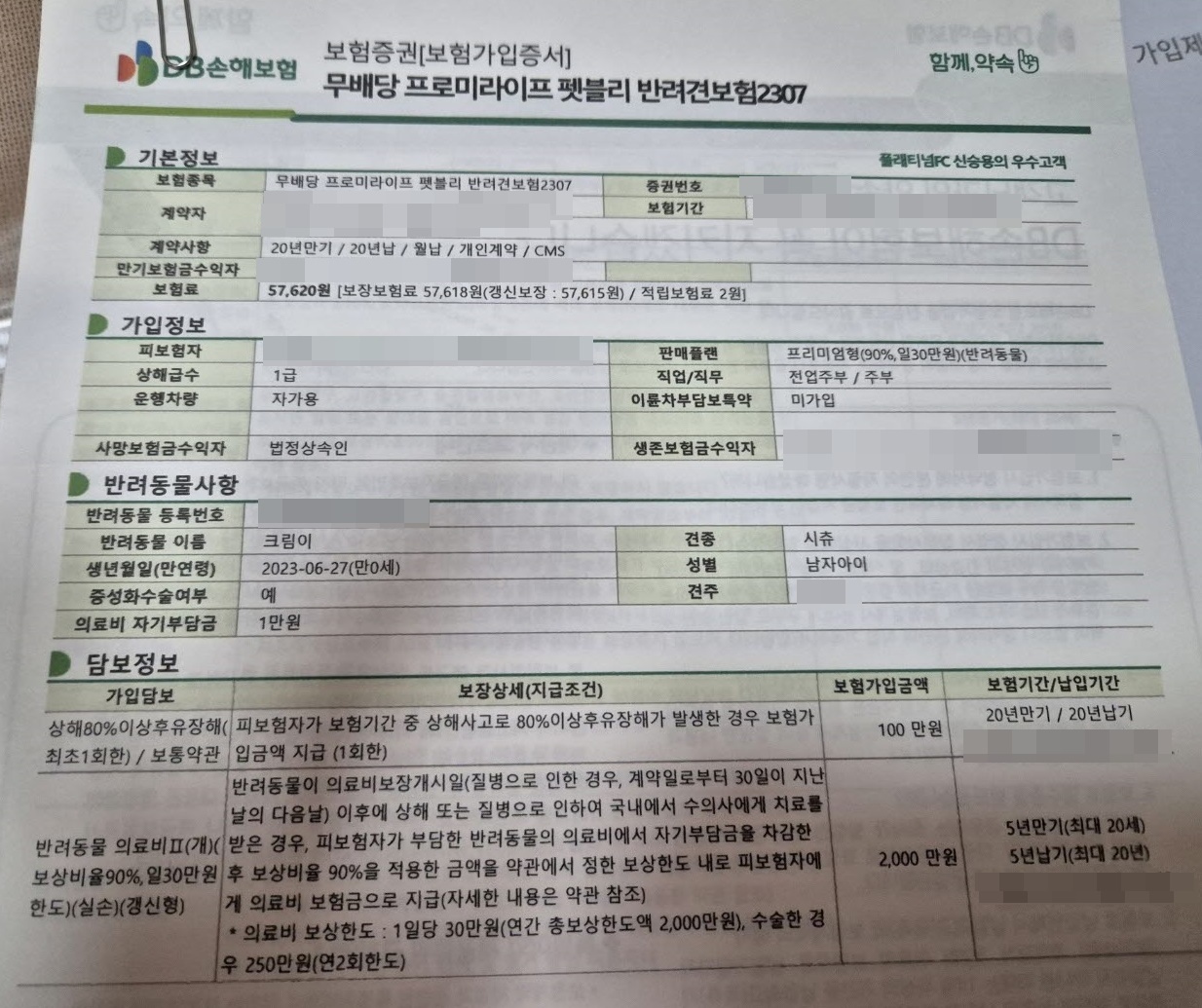| 일 | 월 | 화 | 수 | 목 | 금 | 토 |
|---|---|---|---|---|---|---|
| 1 | 2 | 3 | 4 | |||
| 5 | 6 | 7 | 8 | 9 | 10 | 11 |
| 12 | 13 | 14 | 15 | 16 | 17 | 18 |
| 19 | 20 | 21 | 22 | 23 | 24 | 25 |
| 26 | 27 | 28 | 29 | 30 | 31 |
- AuthenticKoreanFood
- korean food culture
- and grub worms destroyed her crop — yet she found hope and lessons for next year.
- bracken safety
- KoreanFood
- KoreanSideDish
- HealthyRecipes
- AsianVegetables
- A heartfelt story from a 70-year-old Korean farmer grandma about her failed sweet-potato harvest. Heavy rain
- family story
- KoreanGrandmaCooking
- shihtzulife
- ShihTzuCare
- Seoul Catholic Church
- ending tradition
- perilla oil vegetables
- ancestral rites
- Korean home cooking
- healthy korean recipes
- final Charye
- Charye
- gosari
- korean side dish
- namul
- CambodiaTravel
- how to cook bracken
- over-fertilization
- Shih Tzu
- Korean Thanksgiving
- ancestral prayer
- Today
- Total
Korean Grandma’s Cozy Life
🐶 Pet Insurance in Korea: Why I Got Coverage for My Shih Tzu 본문
🐶 Pet Insurance in Korea: Why I Got Coverage for My Shih Tzu
KoreanHalmeoni 2025. 9. 3. 11:20Pet insurance in Korea explained. Real costs, registration requirements, and what expats need to know before vet bills pile up.
📌 Why Pet Insurance Matters in Korea
When I adopted my Shih Tzu, Creamy, I was shocked at how expensive vet bills in Korea can be.
Just weeks after adoption, she developed pancreatitis and needed two days of hospitalization. The cost? Over ₩1,000,000 ($700+ USD).
Like many foreigners, I assumed vet care would be cheaper here. But in Korea, pets are not covered by the national health system — so every treatment is 100% out-of-pocket. That’s when I realized:
👉 Without insurance, one emergency can drain your savings.
🏥 What Foreigners Should Know About Korean Vet Costs
- Routine check-ups: ₩30,000–₩60,000 ($20–$45)
- Blood tests: ₩100,000–₩200,000 ($75–$150)
- Hospitalization (per day): ₩300,000 ($225+)
- Surgery: ₩1,000,000+ ($700+)
Compared to human healthcare in Korea (which is subsidized), pet care feels expensive. And bills are often higher in Seoul’s international clinics.
🕒 The Waiting Period
In Korea, most insurance companies require your pet to be illness-free for 90 days before you can apply.
For me, this meant waiting and worrying — but once Creamy was cleared, I signed up immediately.
🛒 The Plan I Chose
I enrolled in DB Insurance (DB손해보험) Pet Plan at the end of 2023.
Key details of my plan (for context):
- Monthly Premium: ₩57,620 (~$45)
- Coverage Rate: 90% reimbursement
- Daily Limit: ₩300,000 (~$225)
- Annual Limit: ₩20,000,000 (~$15,000)
- Special Tests (MRI/CT): 1 per year, 90% covered
- Hospitalization & Surgery: Covered
- Funeral Benefit: ₩300,000 (~$225)
- Liability Coverage: ₩30,000,000 (~$22,000)
⚠️ Tip for Expats: Plans change frequently, so always check the latest coverage before signing up.

💳 The Hidden Requirement: Pet Registration Number
Here’s something many foreigners don’t know:
To get insurance in Korea, your dog must be officially registered with the government.
- Every dog over 2 months old must have a Pet Registration Number (동물등록번호).
- Registration is done at your local district office (구청) or participating vet clinic.
- You’ll receive a microchip or external tag linked to your ID or ARC (Alien Registration Card).
- Without this registration number, insurance enrollment is not possible.
👉 For expats, bring your ARC card when registering your dog. The process is quick, but it’s a must-have step before applying for insurance.
💰 My Real Claim Experience
When Creamy had allergies and digestive problems, his vet bill came to ₩400,000 (~$300+).
I submitted the receipt through the insurance mobile app (very “Korean-style” digital and fast).
Result? ₩300,000 was reimbursed within a few days.
Another time, she needed minor surgery for a tongue lump — again, most of the cost was covered.
That’s when I knew: pet insurance here is worth it.

🐾 Peace of Mind in Daily Life
These days, Creamy enjoys naps at home without me stressing about future bills.
Yes, the premium is not cheap. But compared to the financial shock of vet emergencies in Korea, it feels like a safety net.

🌏 My Take for Other Pet Parents in Korea
For expats living in Korea, pet insurance isn’t just optional — it’s a lifesaver.
Without it, you might hesitate to get your dog treated because of cost.
For me, having coverage meant I could give Creamy the care she needed without worrying about money.
If you’re bringing a dog to Korea — or adopting here — I strongly recommend checking local insurance options and registering your pet early.
👉 It could be the difference between financial stress and peace of mind.




